With a focus on technology and engineering, the IET International Engineering Photography Competition is currently open for applications. With this in mind, we spoke to Reiner Riedler, a photographer whose projects focus on technological development, to find out more about his work and our increasingly personal and emotional relationship with technology.
A bedside vigil for his baby son at a neonatal intensive care unit inspired Reiner Riedler’s series WILL: The Lifesaving Machines. Sitting in that darkened space, watching his tiny boy being cared for by high tech medical equipment to a soothing soundtrack of gentle beeps, the Austrian photographer felt grateful for these remarkable machines.
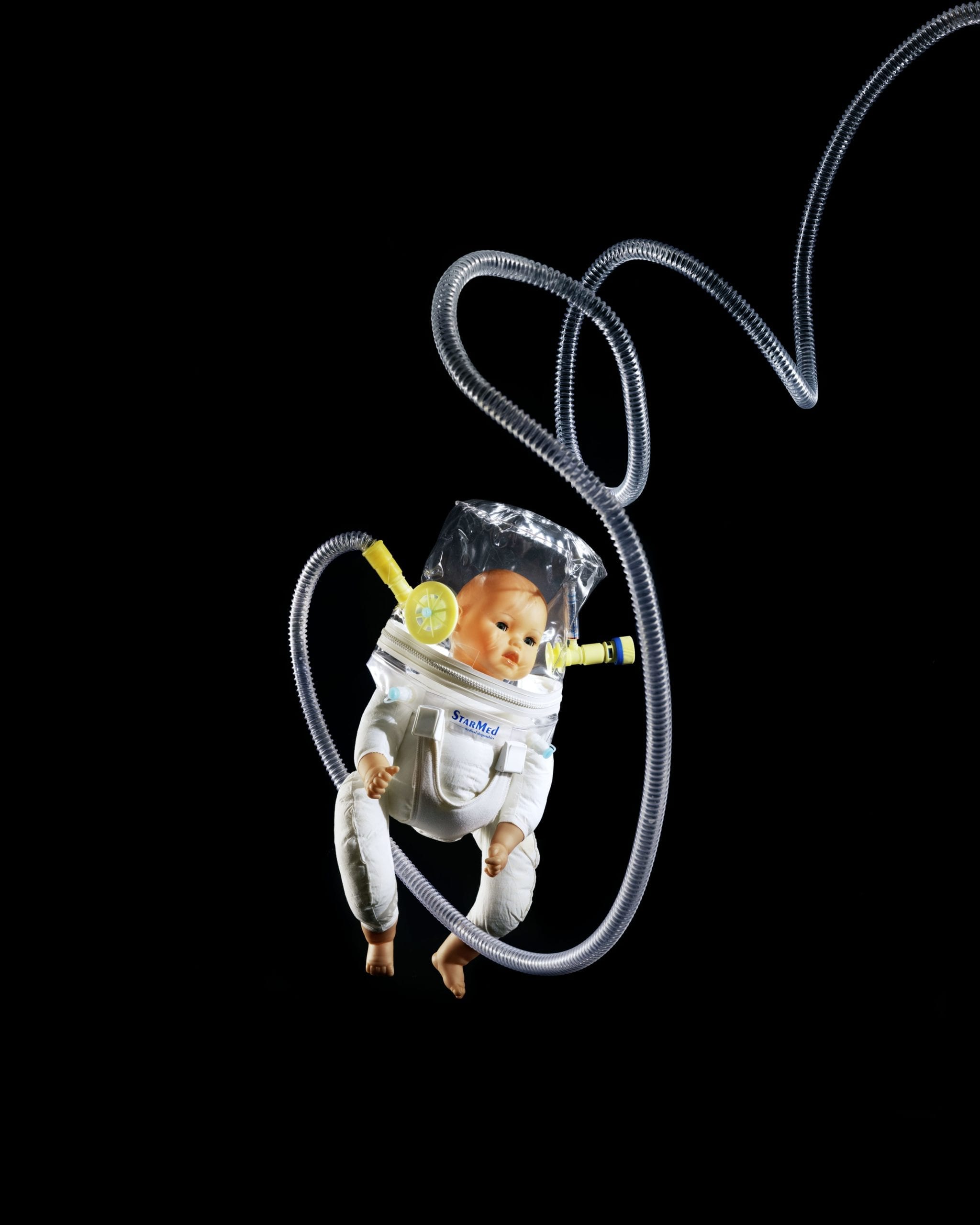
CaStar Infant CPAP helmet for CPAP therapy for paediatric patients in PICU (Pediatric Intensive Care Unit),
StarMed helmets by Intersurgical. Photographed at Intersurgical S.p.A., Mirandola, Italy.
Initially he considered a reportage-style approach but that didn’t feel right. Instead his pictures show dialysis machines, respirators, artificial hearts and other equipment, beautifully-lit against plain, often jet black, backgrounds. Removed from the drama of a healthcare setting, they take on a wonder of their own. A glass anatomical model of a heart sparkles silver in the light like a precious gem; the hole on a CT scanner was shot to resemble a human eye.
“At the beginning I felt really stupid talking to doctors,”says Riedler. Painfully aware of his limited knowledge in this highly specialised field, he found himself adopting a pseudo-scientific approach, attempting to produce a survey of all the machines. “At a certain point I realised it’s not about that,” he recalls. “I’m not a medic, I can decide myself what I want to show and if I leave some machines out, it’s fine. So I completely mixed historical and modern machines.”
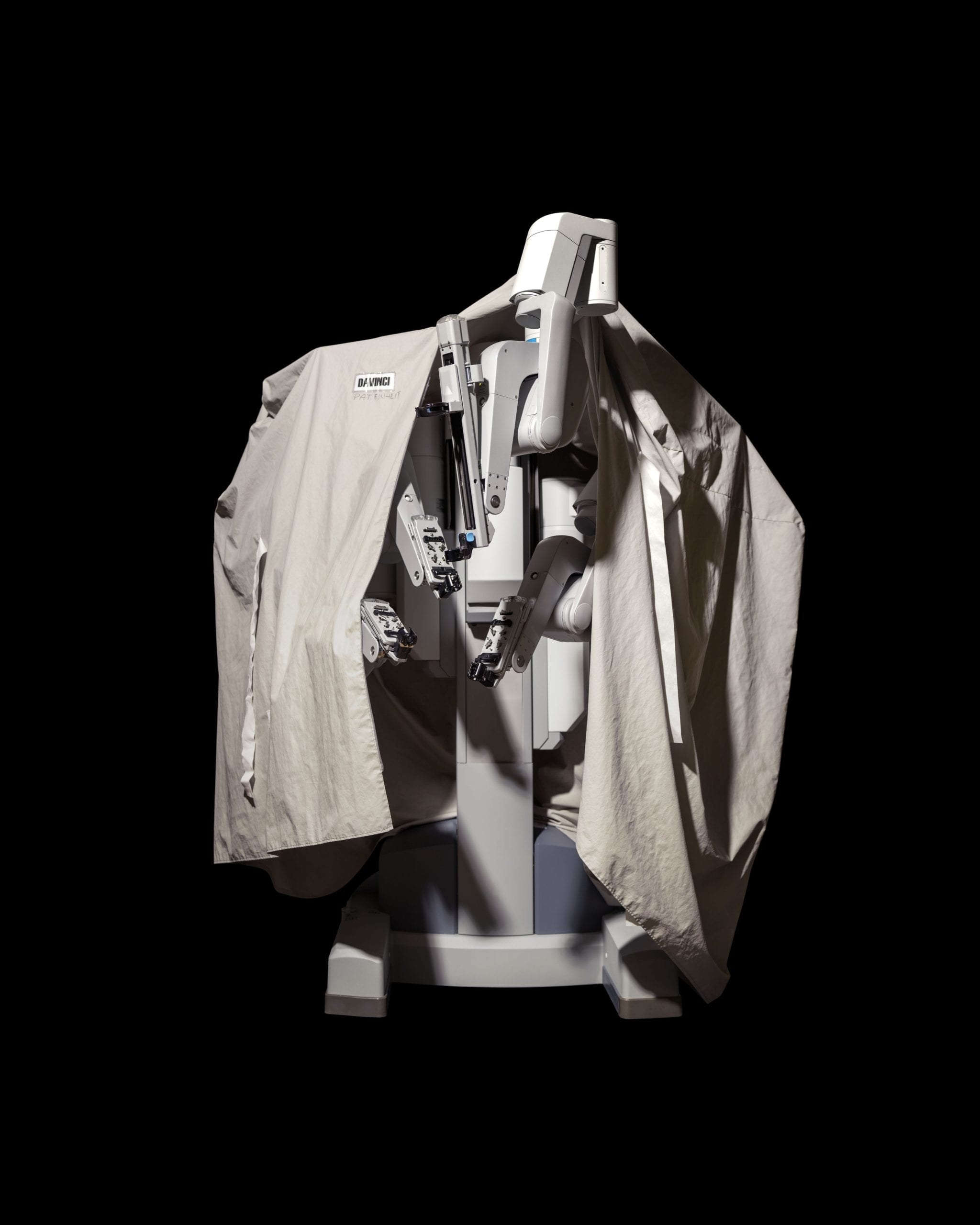
Da Vinci® Surgical
System for prostate cancer surgery by the company Intuitive Surgical. This system is designed to facilitate minimal invasive surgery for prostatatectomies, cardiac valve repair and gynecological surgery.
Urology Department at Hospital of the Sisters of Charity, Linz, Austria.
Prior to this project, Riedler had had a more conventional approach, producing documentary series on fetish clubs, fake holidays and Russian circus people. However, he became “completely bored” with the genre. “I felt that all photographers were doing the same photography.” His Life Saving Machines project heralded a kind of personal creative renaissance. Around the same time he produced several other projects related to technology and engineering. The Unseen Seen is a study of film rolls from The Deutsche Kinemathek archive and museum in Berlin, while Memory Diamonds is about a machine that can create a diamond from a dead person’s ashes.
Nonetheless, Riedler sees a continuity. “All my work looks at humans and how they behave,” he says. “The machines are the key to something much bigger. It’s like when you open the door, you enter and in another room you discover another universe that was hidden before.”
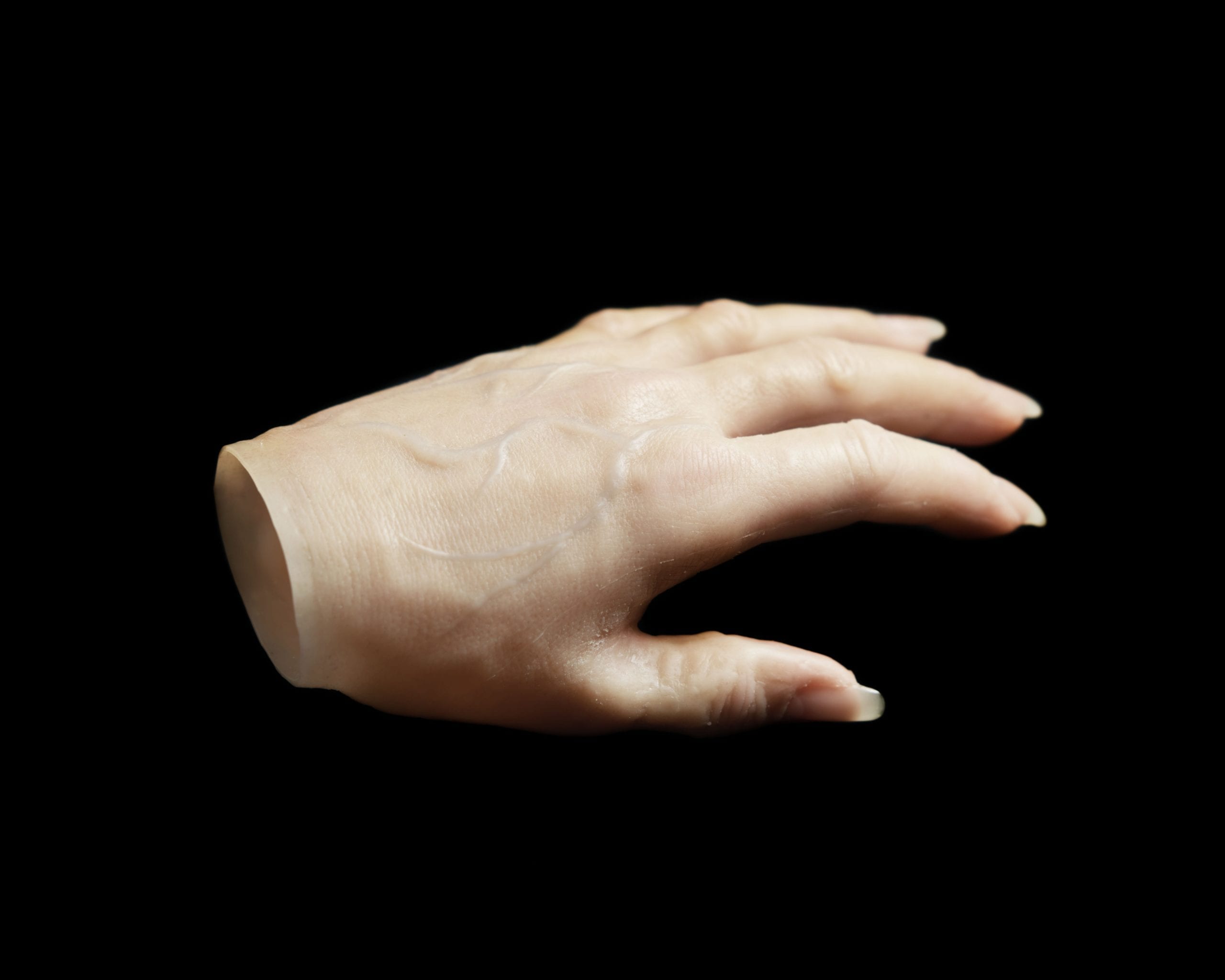
Prosthetic cosmetic glove for myoelectric hand prosthesis, by Otto Bock. Josephinum, Anaesthesia and Intensive
Care Medicine Collection, Medical University of Vienna, Austria.
“Traditional images of engineering and engineers have focused on hard hats and dirty overalls,” says IET President Jeremy Watson CBE, who is part of this year’s judging panel, along with Nigel Atherton from Time Inc UK and Gillian Abbott of E&T magazine.
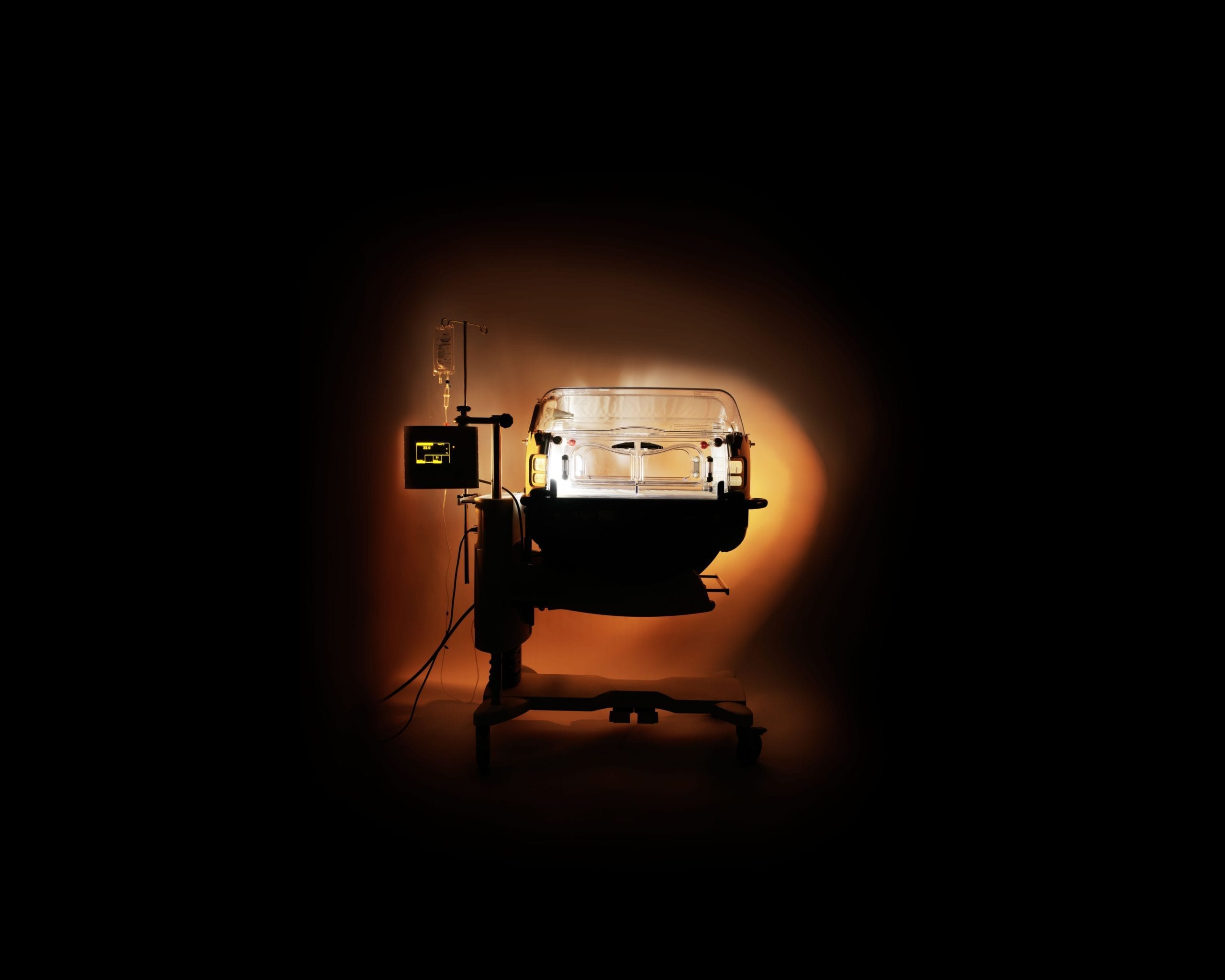
Caleo incubator. Used in neonatology to help premature babies to develop, Dräger, Germany.
In our globalised age, says Riedler, we have seen so much about the world that it is easy to feel jaded but technology still offers infinite surprises for photographers. “It comes back to the idea of discovery. Think of the first images of running horses – before photography, painters painted them wrong. With long exposures you can visualise time passing. I think this is the nature of photography,” he says. “To show something that cannot be seen with your eyes.”
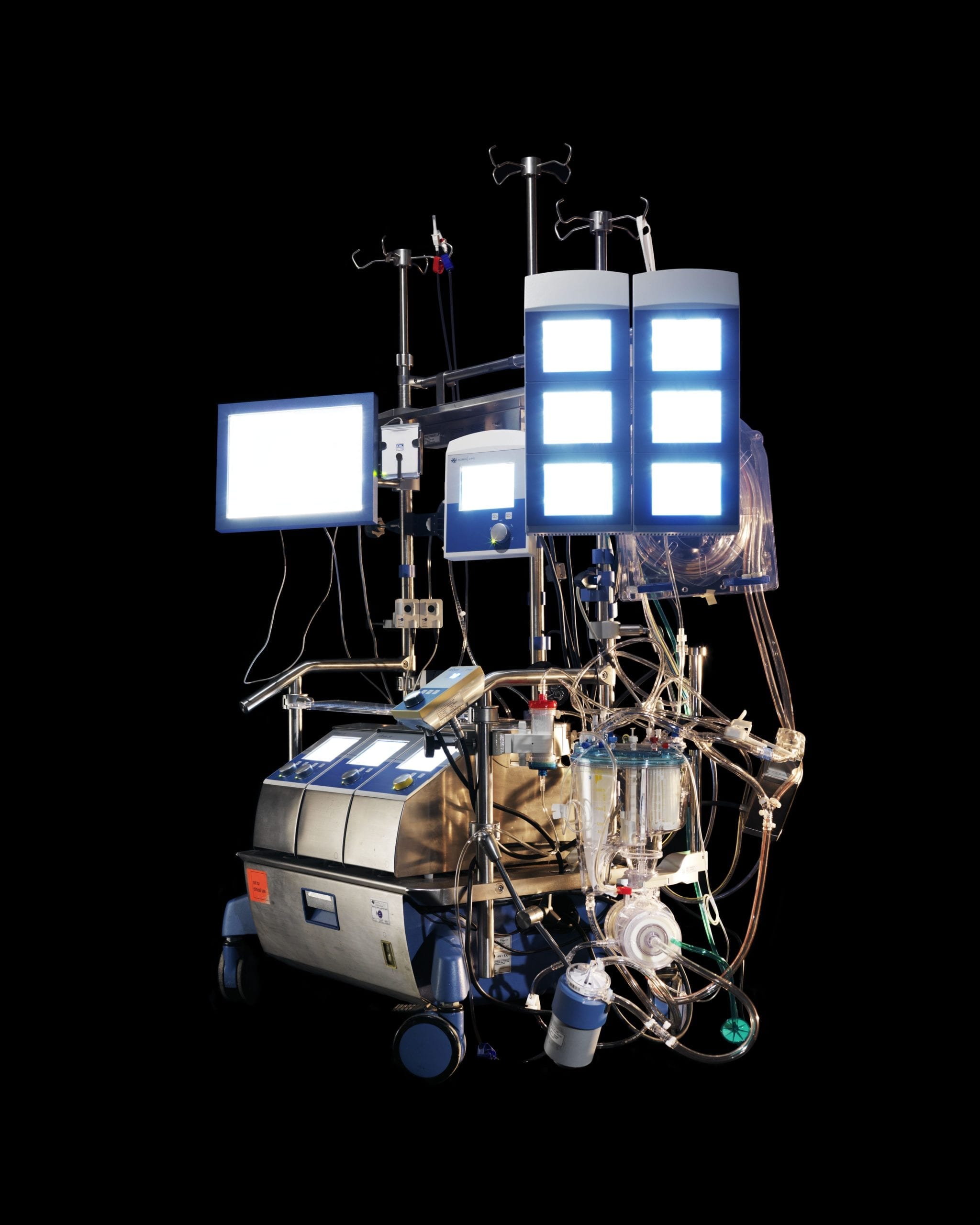
Heart-lung machine S5. It replaces the function of the heart during cardiac surgery procedures
with extra-corporeal circulation. LivaNova/SORIN, Mirandola, Italy.
The IET International Engineering Photography Competition is open until 31 August. Apply now: Visit the IET website.
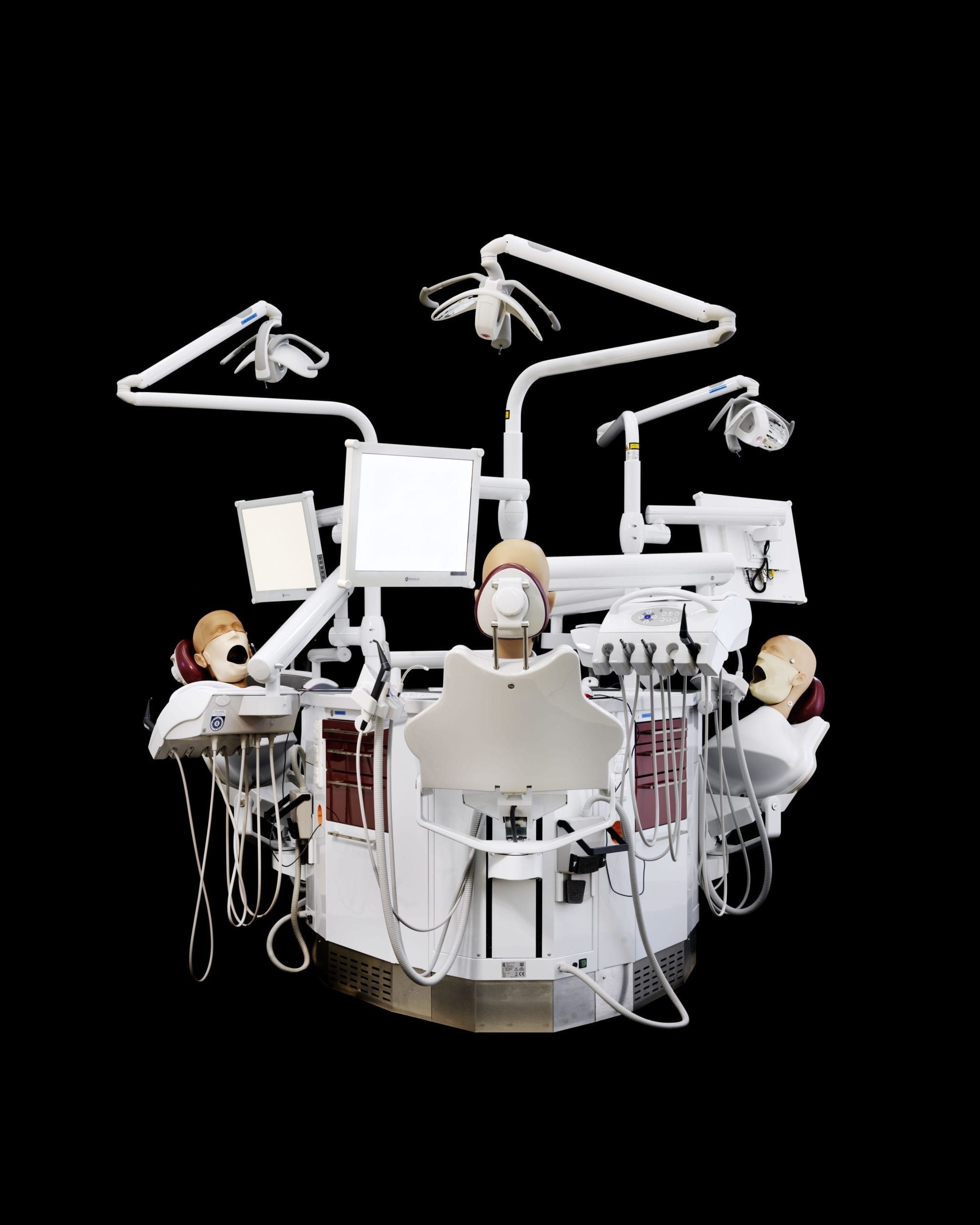
Dental Simulation Units, KaVo DSEclinical 5197 for preclinical simulation purposes. Dental medicine students use these devices to simulate dental surgery.
Photographed at University Clinic of Dentistry, Vienna, Austria.
Sponsored by IET: This feature was made possible with the support of IET. Please click here for more information on sponsored content funding at British Journal of Photography.
